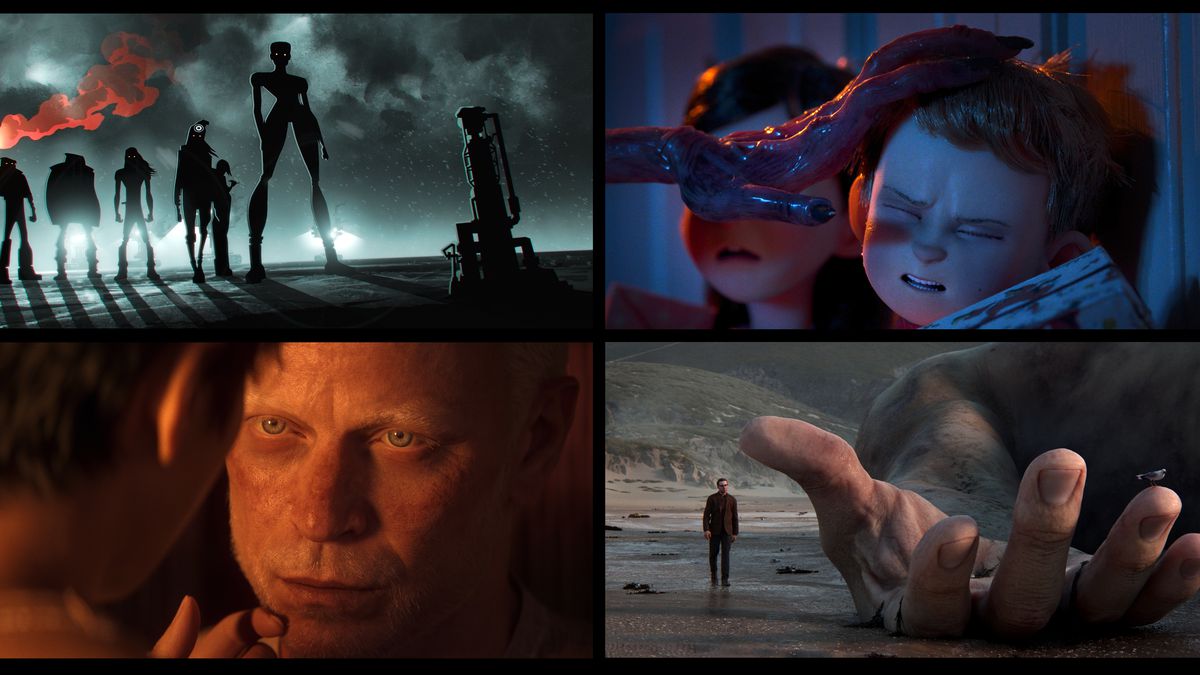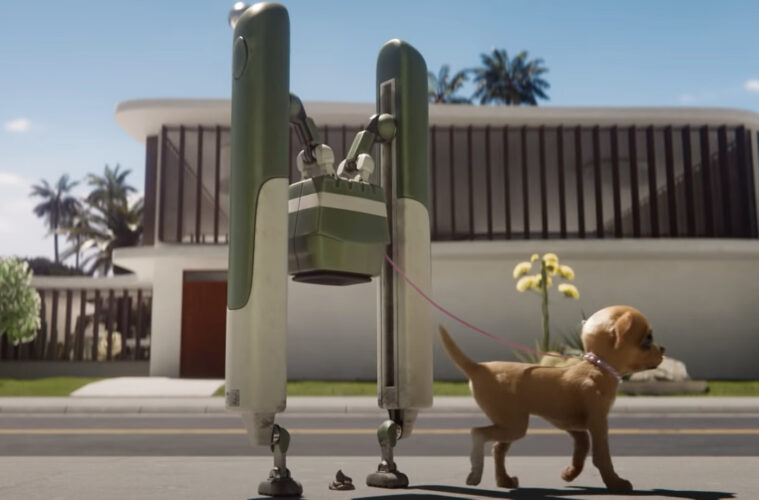The latest installment of Netflix’s science fiction animation anthology, Love, Death, and & Robots is here, leaning into all the dark absurdity and visual splendour the series made its name on.

For the uninitiated, Love Death and Robots is an anthology that showcases the work of a different animator in each episode. Each short, typically around 10-15 minutes in length, features a completely different art and animation style, tone, subject and storyline. The first volume explored such ideas as military werewolves, apocalyptic sight-seeing robots, space travel and tiny societies springing up in ice boxes. These high-concept ideas were realized with beautiful and unique visuals, and often carry the classic sci-fi allegories of human nature.
The second volume explores many of these same concepts and allegories in a new set of worlds and stories that are teaming with character and individuality. Some stories feature hyper-realistic 3D animation that portrays gritty fears, visceral emotions and deep philosophical questions. Others are more stylized, colourful and cartoonish, exploring more fantastical settings. Some of the new stories include spaceship crash landings, giants on the beach, and an alien spin on Santa Claus. While the second volume’s 8 episodes seem scant compared to the first collection’s 18, these newest additions fit in well with the hit offerings from 2019.
In terms of technical prowess, these pieces are masterworks – odes to the crafts of animation and visual storytelling, as you can see the time spent and attention to detail in each frame that makes it to your T.V. screen. The technical craft is never overstated, however, as the storytelling captivates the audience’s attention and holds their curiosity. The stories are not always groundbreaking or fresh, but at worst they’re beautifully executed yet safe low-brow entertainment. At their best, some episodes among this collection serve as thought-provoking and memorable entries into the sci-fi short film canon.
As a whole, the series manages to capture different elements of the human condition: curiosity, vanity, self-preservation, consumerism and emotional attachment are all complex human experiences, conveyed in short and digestible but poignant shorts. The shorts perfectly capture snippets of much larger worlds that feel real and lived-in, inhabited by compelling characters who we come to know through their brief encounters with love, with death, and with robots.


